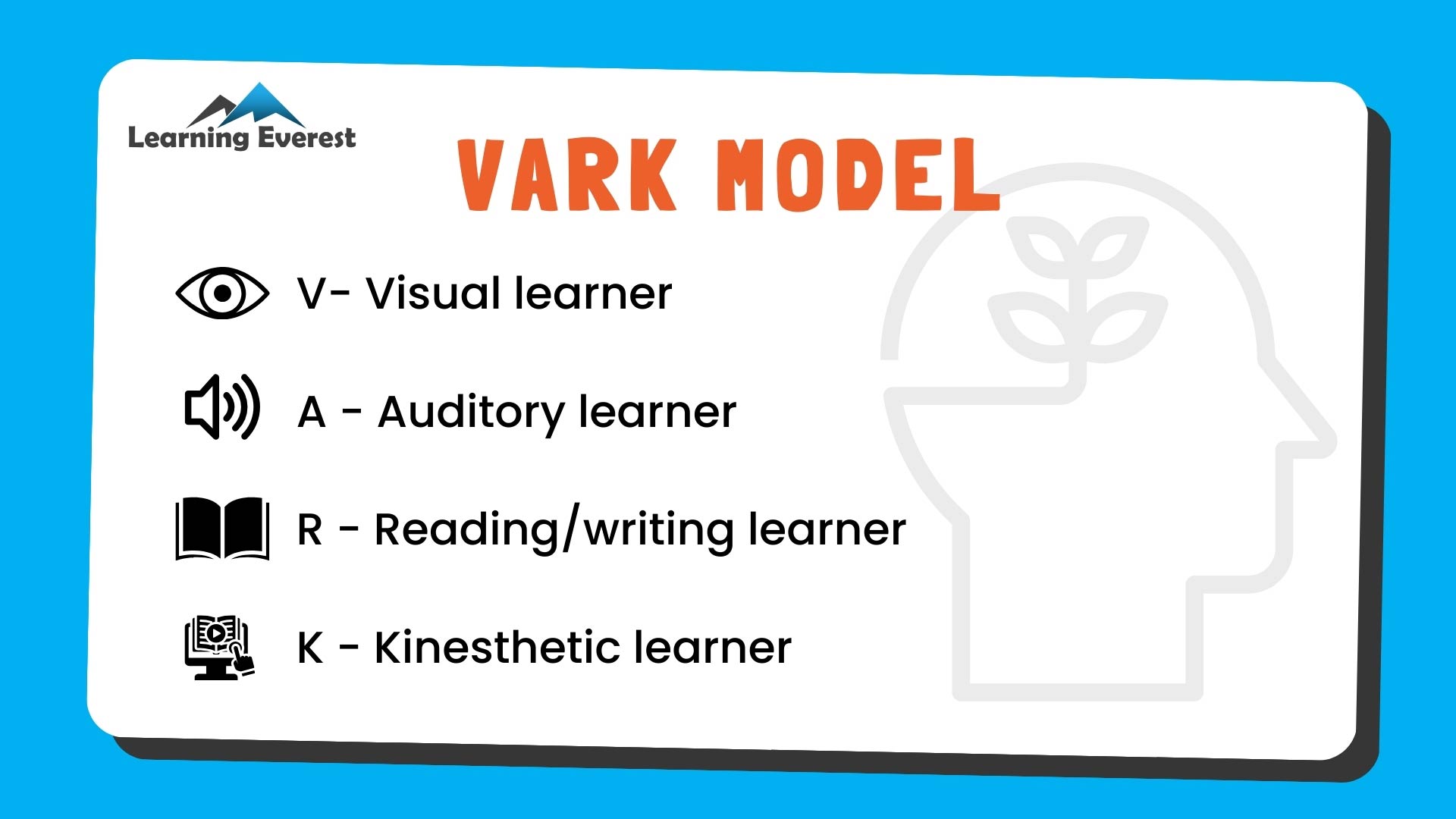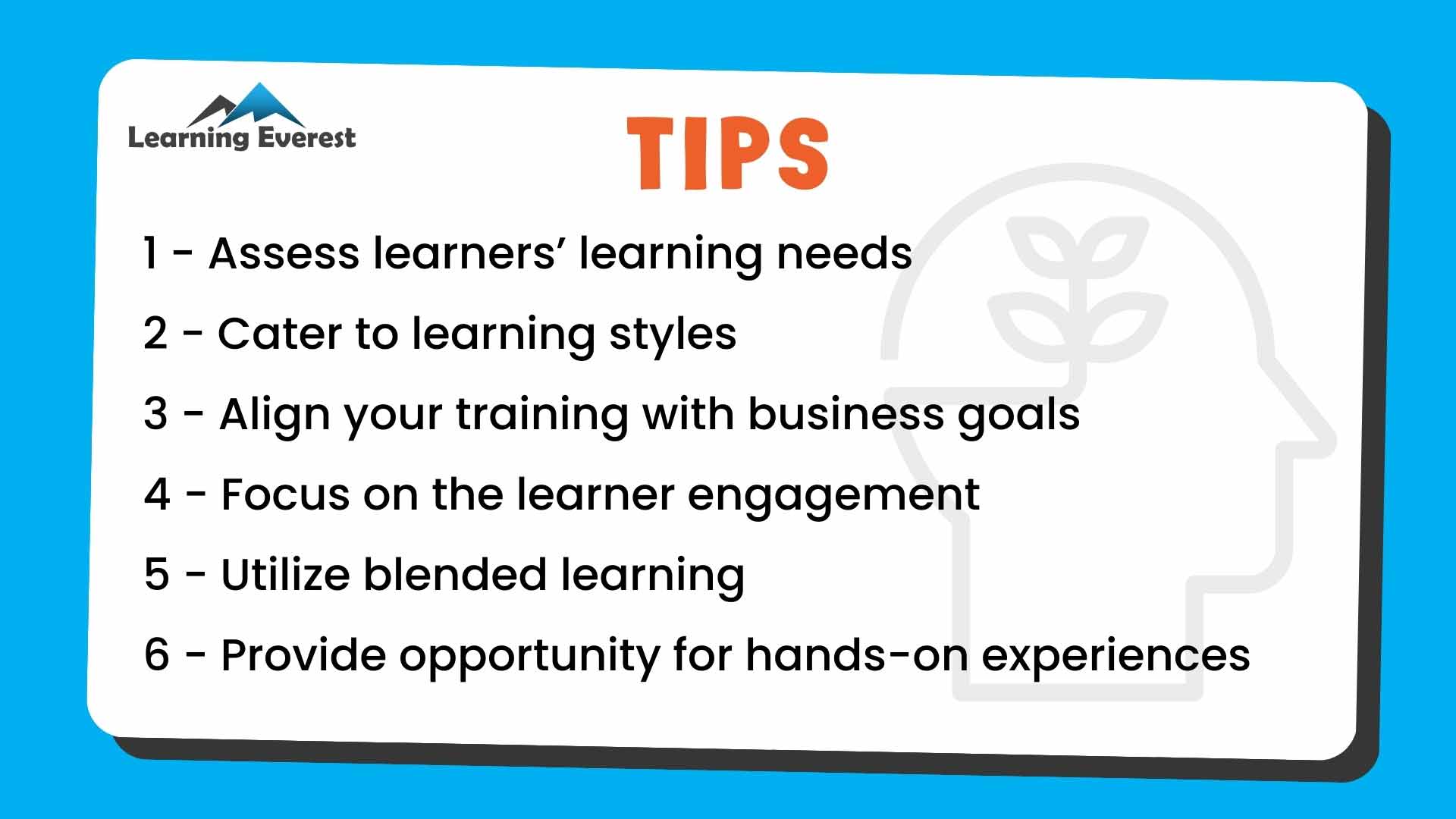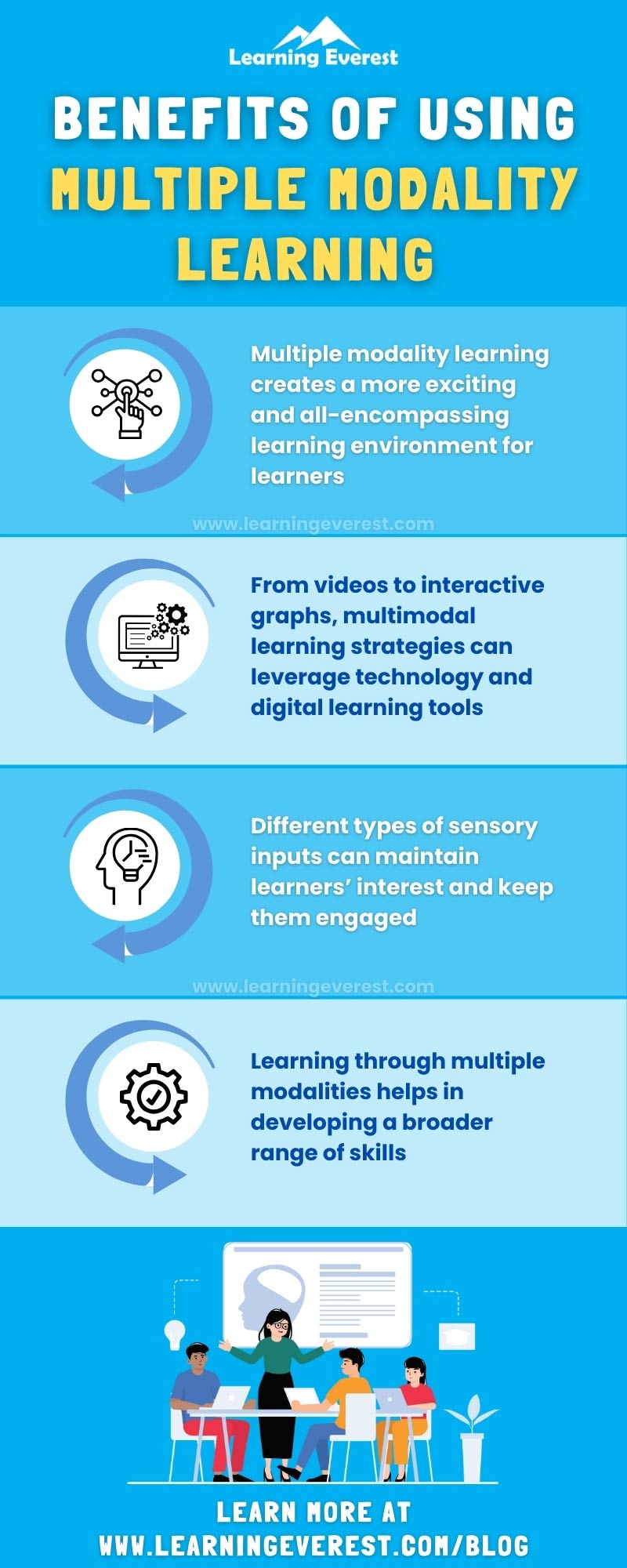Now more than ever, employees are aware of their own strengths and weaknesses. They want their roles to offer opportunities to overcome any knowledge and skills gaps and develop in their careers. This means that organizations need to offer learning that’s both targeted and relevant. According to LinkedIn, 80% of Gen Z-s and 79% of Millennials say that they value learning based on their career goals. The only problem? Creating a multiple modality learning that considers their different needs. Here’s how to leverage multiple modality learning and create a professional development plan for your organization.
Table of Contents
What is multiple modality learning?
Multiple modality learning is an instructional approaches that utilize multiple sensory modalities to enhance a learner’s learning experience. It is about training using multiple modalities to effectively teach visual, auditory, kinesthetic, and reading-focused learners. By having multiple types of modalities in corporate training, organizations can help all employees learn more productively.

Multiple Modality Learning
Multiple modality learning can help learners feel more connected to training modules and content by engaging multiple learning styles. Additional multimodal learning benefits include:
- Multiple methodologies enable learners to absorb and retain knowledge no matter their learning styles, which helps them stay engaged throughout the learning journey.
- Allows learners to apply the knowledge to real-life situations – they are better able to solve real-life problems with it.
- Multiple modality learning allows instructors to be creative with training content and makes learning fun as learners engage with different content types.
- When learning modules address multiple learning styles, it becomes easy for learners to choose their own learning path. this personalizes the learning journey for them.
Multiple modality learning types
Multiple modality learning is based on the VARK model. The concept was established around the 1970s, and in 1987, Neil D. Fleming, a New Zealand educationalist, created the first questionnaire, VARK, to help identify different types of learning styles. The VARK model by Neil D. Fleming classifies learner preferences into four categories –

Multiple Modality Learning – Vark Model
Let us know in detail.
Visual
This type of learner learns best by seeing images and information. Visual learners are often keen observers. They often picture things in their minds when solving a problem.
Auditory
Auditory learners, also known as verbal learners, retain information from listening and speaking. These learners need to hear concepts stated out loud to grasp and remember the information.
Reading/writing
These types of learners prefer to take in and receive information displayed in text format. They remember what they read and write better than the images they see or the audio they hear.
Kinesthetic
Kinesthetic learners learn best by doing things through hands-on activities. They prefer doing projects and, in the process, learning.
To learn in detail about VARK, read our blog on The VARK Model: Explained.
But, why knowing all these matters?
Understanding how learners absorb knowledge, make sense of learning modules, and retain information will help you create an enriching learning culture that supports and engages your learners with less frustration. You’ll also avoid investing time and resources and money into training that isn’t helpful for your organization.
Tips for incorporating a multiple modality learning program in your organization
To ensure your training caters to all learning styles in the workplace, you need to follow some tips.

Multiple Modality Learning – Tips
Let’s discuss them in detail.
Tip no. 1 – You need to assess learners’ learning needs
While conducting a learning program, you need to know the “why” behind your purpose. Why do you want your learners to know the subject, as well as what are the learning needs of your learners? To know so, you need to assess the learners’ needs. Assessing needs involves gathering information about your employees’ individual learning needs like their personal and professional growth, and cultural backgrounds to create a training program that is effective for everyone.
This can help you customize the training program to suit various learning styles and backgrounds. For example, if an organization deals with a diverse workforce that includes employees of different ages, ethnicities, cultural backgrounds, and job roles they need to ensure that their training program is inclusive. They can conduct surveys to do so. The survey asks employees about their preferred learning methods, previous knowledge of the topic, and the times they are most likely to engage with training materials.
To learn more about customization read our blog on 7 Powerful Ways to Improve Corporate Training Programs.
Tip no. 2 – You must cater to learning styles
Based on the abovementioned solution, trying to accommodate all different types of learning styles in the workplace may feel like a hectic task. But there is a trick. What you can do is use a combination of learning, which involves combining techniques from each of the four learning styles. Suppose one part of your training module can include one instructor-led session (virtual pre-recorded, with the transcript made available) and another animated microlearning video with subtitles or infographics, reading material, real-life simulations, gamified summative/formative assessments, collaborative assignments, etc.
For example, a training and development module might include an animated video with audio that includes closed captions, a written transcription of the video, and an application exercise. In this way, there’s something for each and everyone, and no one learner style has an unfair advantage over the others. But amalgamating all these isn’t something easy job. You also need to cater to adult learning principles in doing so. You can read our blog on Applying Adult Learning Principles to eLearning Courses for more details.
Tip no. 3 – You must align your training with business goals
You create training to improve employee knowledge and skills. So, the first step should be to align the training objectives with your business goals. Then, go back to your team and think about how their training will allow your organization to achieve its goals. This can also help ensure that the outcomes of the multiple modality learning that you developed will be realistic and attainable for learners who participate. Once you are done, revisit the organizational goals and ensure they are consistent with your training objectives.
Tip no. 4 – You should focus on the learner engagement
Often, when you’re training a large group of employees, you don’t know each person’s preferred learning modality. It isn’t possible to cater to each of them always. However, people use their senses to engage with the training content. And the more you can make them engaged with the learning content, the more they learn and retain. So, ensure your training allows learners to express themselves and be actively involved with the training material. Irrespective of preferred learning styles, learners need to be encouraged to collaborate and share their knowledge. You can use discussion forums, group assignments and even social media platforms to do so. There, learners can share their insights, ask questions, and provide feedback as well.
Tip no. 5 – You can utilize blended learning
Balancing self-directed and instructor-led learning is key. A traditional instructor-led approach provides necessary guidance, while self-paced learning accommodates individual needs. For example, you might offer face-to-face training (synchronous learning) alongside e-learning modules and interactive exercises (asynchronous learning) that your employees can access at their convenience. You can use pre-recorded as well as live webinars, for example. This strategy respects employees’ time constraints and supports different types of learning styles.
Tip no. 6 – You need to provide the opportunity for hands-on experiential learning
Experiential learning is the process of learning by doing. With going through learning modules visually, auditorily and in a reading manner, learners need to practice what they are learning as well. When learners participate in experiential learning opportunities, they gain
a) a better understanding of course material,
b) insight into their own skills, interests, passions, and values, and
c) opportunities to collaborate with diverse organizations and people.
Therefore, you need to arrange exercises where learners can role-play in simulated real-life problems. This helps kinesthetic learners who benefit from doing rather than just watching or reading. Case studies are one of the very good examples where learners can go through real-life problem-solving tasks. This in them creates an ability to critically rationalize any situation.
Lastly…
Although these different types of learning styles can tell us a lot about how individuals communicate and absorb information, it’s important to remember that they are not set in stone. Learning styles can evolve or change as people grow up, and multiple modality learning can become more dominant in different contexts. Therefore, don’t stick to the abovementioned tips and incorporate more dynamic and inclusive training methods to become future ready!
Or, improve your employee training with our industry-ready eLearning courses. Book a demo now!
Infographic
Knowledge Check!
Frequently Asked Questions (FAQs)
Q: What is multiple modality learning?
A: Multiple modality learning is an instructional approaches that utilize multiple sensory modalities to enhance a learner’s learning experience.
Q: What are the 4 types of learning styles?
A: The 4 types of learning styles, according to Neil D. Fleming, are visual, auditory, reading/writing, and kinesthetic.
Q: What are examples of multiple modality learning?
A: An example of multiple modality learning can be a training module that might include a video with audio that includes closed captions, a written transcription of the video, and an application exercise at the end. In this way, there’s something for each and everyone, and no one learner style has an unfair advantage over the others.






